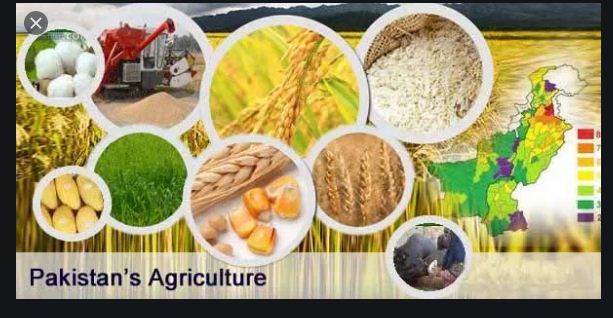ISLAMABAD, Mar 13 (DNA): As CPEC is embarking on the second phase with a focus on industrial cooperation, further opportunities are being presented to Chinese investors to deepen the ongoing Sino-Pak cooperative partnership, Gwadar Pro reported on Saturday.
The Pakistani Ministry of National Food Security and Research (MNFSR) in its 2018 Food Security Policy envisages nine agricultural development zones along CPEC to develop clusters and infrastructure by encouraging innovation, entrepreneurship, and collaboration.
The report says, land remediation plans under CPEC would help increase the efficiency and productivity of the crop sector by transforming low and medium yield lands into higher one by enhancing the seed usage.
Pakistan is one of the countries where China would build its storage stations and processing zones. This would help lower the significant postharvest losses in the sector.
Currently, only one-third of total demand is met with the available storage facilities. Investment in the private sector would not only help mitigate this supply deficit but also provide learning opportunities on storage knowhow among local farmers.
This potential transmit arrangement between the two countries will be beneficial for the local trading firms in both countries.
With the progression of the China-Pakistan Economic Corridor (CPEC) and the establishment of the China-Pakistan Agricultural and Industrial Cooperation Information Platform, Pakistan’s agriculture is becoming a land of opportunities for Chinese investors.
Report from the China-Pakistan Agricultural and Industrial Cooperation Information Platform shows that the agriculture sector in Pakistan displays resilience despite the impact of Covid-19, recording a growth of 2.67 percent, higher than the 0.58 percent last year.
The report added, Pakistan is the 12th largest country of citrus producer with an annual production of 2.5 million Metric Tons (MT) and an expected growth at CAGR of 2% till 2024.
In the past six years, fruit exports of Pakistan have been increasing at a CAGR of 4.4% which are majorly transported to GCC, Russia and Afghanistan.
Livestock contributes about 11.7 percent to Pakistan’s GDP and has a 60.6 percent of total value addition in agriculture.
Pakistani livestock boasts rich endowment with the world’s 2nd largest herd size of Buffaloes, 7th largest of Cattle, 4th largest of Goats and 12th largest of Sheep. Moreover, Pakistan is a meat loving country with per capita consumption of red meat of c. 8.4 kg per annum.
With the increasing trend towards hygiene and rising middle class of Pakistan, this is expected to grow in the coming years. By 2029, both meat production and consumption is expected to grow by 25%.
A resolute supporter of modern technology, Pakistan is empowering its agricultural sector with digital and agronomical expertise.
Due to the expanded application of artificial intelligence, 25 to 50% of farms are in the process or planning to invest in precision farming to boost crop yields. Plant Genomics is injecting more nutrition to crops through genetic fine-tuning.
Pakistan can also benefit from China’s increased food import dependence and gradual transition towards high value addition in the agriculture sector.
In particular, China’s rapidly increasing demand for meat and Australia’s ban on Barley exports to China present a unique opportunity for Pakistan to tap.
The amended Phase II of China Pakistan Free Trade Agreement (CPTFA) will widen market access to both economies with a newly introduced tariff elimination schedule, the report added.

















